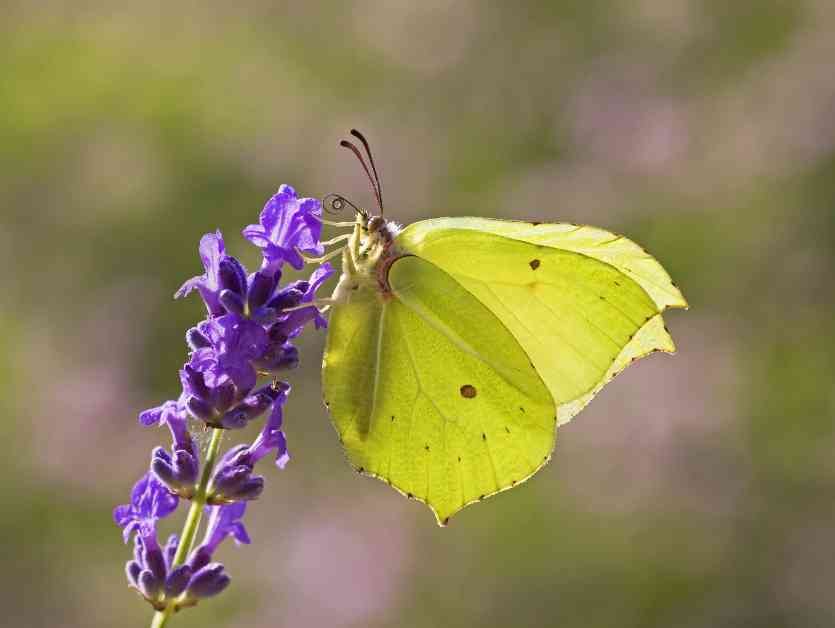Experts Raise Concern Over Drastic Decline in Butterfly Numbers
Conservationists are sounding the alarm on a concerning trend in butterfly populations, as the annual Big Butterfly Count conducted by Butterfly Conservation reported its lowest numbers on record. This citizen science survey, which spans three weeks in the summer, encourages the public to observe and record the butterflies they see in various outdoor settings such as gardens, parks, and countryside areas.
This year’s results have raised red flags, with participants spotting an average of only seven butterflies per count, marking a significant decrease from last year’s average of 12. The survey recorded a staggering 9,000 counts where no butterflies were observed, the highest number of zero sightings in the history of the program.
Butterfly Conservation noted that this summer was particularly challenging for various butterfly species, including the common blue, holly blue, green-veined white, small tortoiseshell, painted lady, and Scotch argus. Furthermore, 81% of butterfly species experienced declines compared to the previous year, indicating a widespread issue affecting these delicate insects.
Factors contributing to the decline in butterfly populations include a wet spring and cool summer conditions, which have disrupted their natural habitats and food sources. Dr. Richard Fox, head of science at Butterfly Conservation, emphasized that long-term declines in butterfly numbers are primarily driven by habitat loss, pesticide pollution, and extreme weather events linked to climate change.
Additionally, he highlighted the detrimental impact of intensive land management practices and the persistent use of neonicotinoid pesticides. These chemicals, known for their harmful effects on bees, also pose a significant threat to butterflies by contaminating their nectar sources and plant habitats.
In response to these alarming trends, Butterfly Conservation is urging the UK government to declare a “nature emergency” and implement a ban on neonicotinoid pesticides without exceptions. Dr. Fox underscored the urgent need for proactive measures to address the root causes of butterfly decline, warning of potential extinction events if action is not taken promptly.
While a neonicotinoid ban alone may not reverse the decline in butterfly populations, it is a crucial step towards protecting these vital pollinators. Butterflies serve as key indicators of environmental health, signaling broader ecological imbalances that require immediate attention and intervention.
The data collected through the Big Butterfly Count reveal a concerning downward trend in butterfly numbers over the past 14 years, with several common species experiencing significant declines. Small tortoiseshell and common blue butterflies have seen their populations more than halved, while green-veined whites have declined by nearly two-thirds.
Dr. Fox emphasized the importance of public engagement in monitoring and conserving butterfly populations, noting that individual efforts to create butterfly-friendly habitats can make a meaningful difference. However, he stressed the critical role of government action in implementing policies and initiatives to safeguard butterfly species for future generations.
In conclusion, the drastic decline in butterfly numbers highlighted by the Big Butterfly Count underscores the urgent need for collective action to protect these iconic insects and preserve biodiversity. By raising awareness, promoting habitat conservation, and advocating for sustainable environmental practices, we can work towards reversing the alarming trend of butterfly decline and ensuring a thriving ecosystem for all species.
































